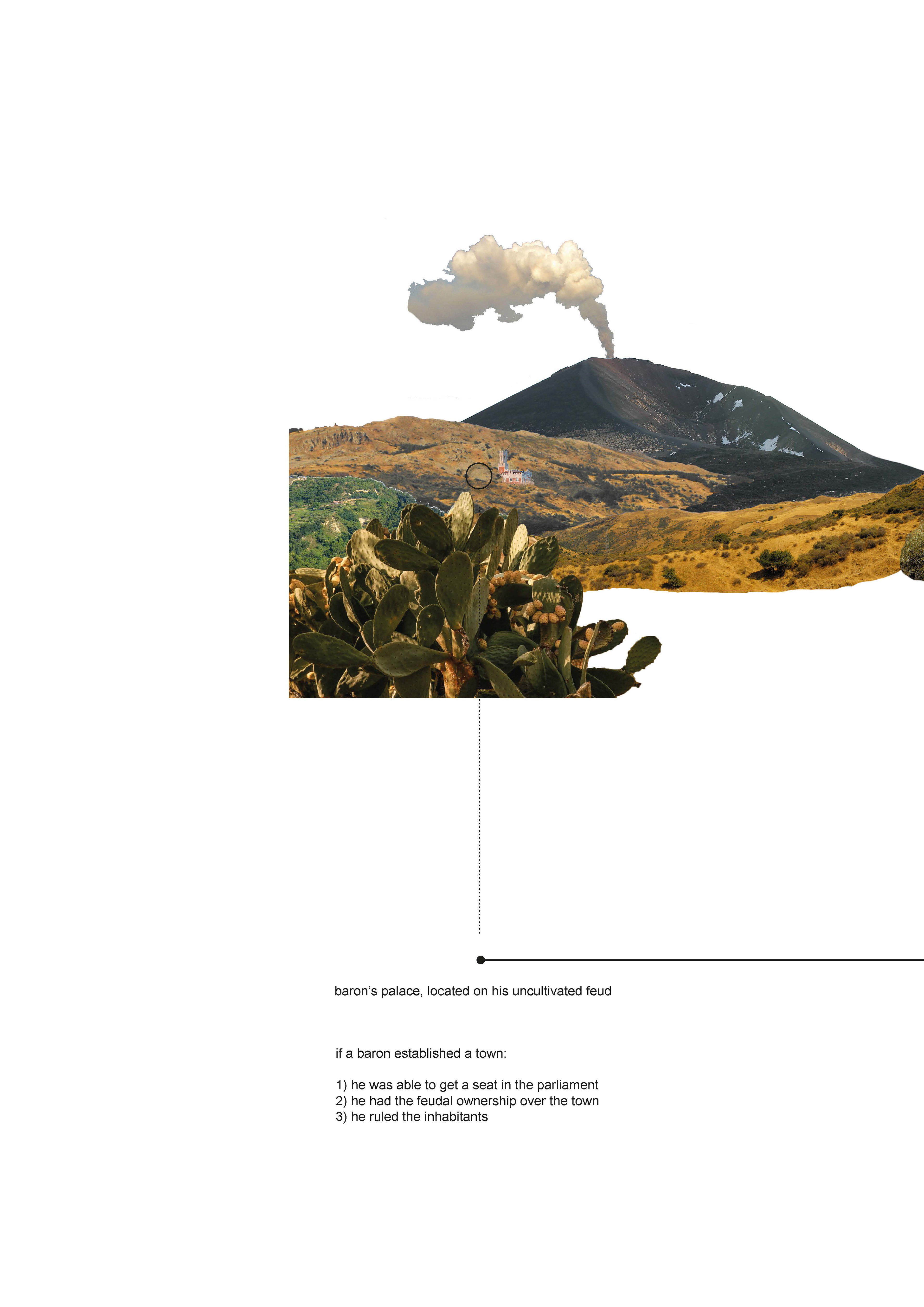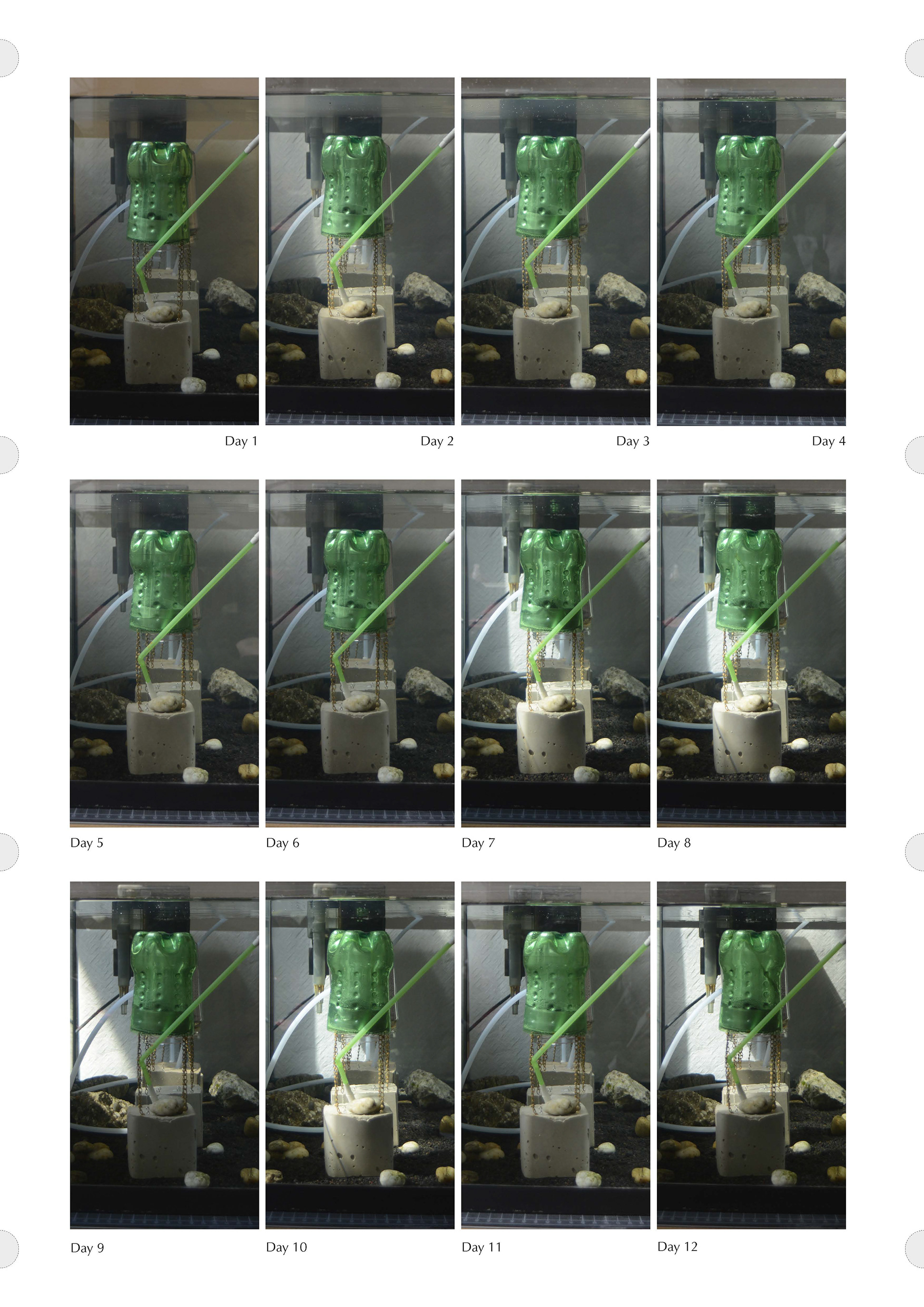COACH - PROFESSORSHIP AT THE ACADEMY OF FINE ARTS, VIENNA
Design Studio IKA Academy of fine Arts, Vienna
Masters Summer Semester 2018
Design Studio IKA Academy of fine Arts, Vienna
Masters Summer Semester 2018
Michelle Howard
6 CHARACTERS IN SEARCH OF AUTHOR
The title refers to a 1921 play by Sicilian author Luigi Pirandello, one of the main works of absurdist meta-theatre. For our project, it served as an emblematic example of how to deal with a situation in which the characters are clear, but no narrative has or can be established.
A collaborative project with students from the University of the Arts, Bremen
From the 8th to 15th of April 2018, both student groups went to the Region of Ragusa in the south-east of Sicily. The themes or characters were plastic and plastic waste, local economies, agriculture, rural exodus, migration and tourism.
Sicily, a Petri dish for Societies Complexities
Nearly one hundred years after the staging of this play, the current geopolitical climate seems to forebode a similarly hopeless future, and a questioning of values we had once thought fought-for and won. Nowhere is this more apparent than on the island of Sicily.
Ragusa, the Greenhouse Capital of Italy
Growing 30% of all Italian greenhouse produce, it is nevertheless a precarious and low-profit undertaking. An exceptionally mild winter climate and fertile soils permit at least two harvests per year in cheap, light constructions covered in transparent plastic film. Often, from a distance, these oceans of plastic resemble the ocean itself in its waves and reflections.
Ancient Practices
We visited several greenhouses and spoke with farmers, where we found a large disparity in working methods. The potential inherent in the rediscovery of older practices became clear, from the humble bumblebee that now does the work of pollination to the use of ancient wheat, which is naturally low in gluten.
The Iblean Plateau sits on the African Tectonic Plate
and actively slides over and back underneath the European plate, resulting in cracks and rips, Mount Etna being the most prominent manifestation.
Migration, Agriculture and the Mafia
Sicily and specifically the Iblean Plateau has become the first port of arrival for refugees from the African continent. It has often been the case that migrants arrived in Ragusa, and went straight to work in the greenhouses, often paving the way for exploitation. The refugees go to work in plastic tents and come back to plastic tents. Until recently, Ragusa had been fairly free of Mafia corruption, but the exploitation of refugees is very lucrative.
8.3 billion metric tons of Plastic
As of 2015, humanity had produced over 8.3 billion metric tons of plastic, of this total, 6.3 billion metric tons – almost one metric ton per person – have become waste. Plastic doesn’t biodegrade, it just gets smaller, creating micro-plastic, which washes up new pieces with every tide. Shockingly, many Internet forums equate the increase in waste with the arrival of migrants.
Marzamemi, a former Tuna fishing town
We stayed at a former fishing village that now lives on tourism called Marzamemi, one of the many villages that lived on tuna fishing until the tuna population was decimated. The abandoned tuna processing plants dotted all over the coast bear witness to this.
Beach Clean-up at Vendicari
Silvia Frey, a marine biologist from OceanCare, helped us develop a methodology so that our work could be recorded in their database. Our beach clean‐up took place in the nature reserve of Vendicari, where we had special access to areas of conservation closed to the public. We were so attuned to looking for pieces of plastic that they quickly became objects of an alternative archaeology for us.
Abandoned houses, abandoned cities
We visited many abandoned buildings associated with the recent past of intensive fish processing, as well as train stations and buildings that were not even finished before they were abandoned. We visited Gela, the 3000‐year‐old city with an oilfield and refinery at its centre and pollution problems on an epic scale.
Stakeholders: Hannes Deters, Joseph Eckhart, Luisa Eugeni, Gloria Hinterleitner, Michelle Howard, Stéphane Krust, Jenn Leung Ying, Mattis Lühmann, Brina Meze Petric, Laura Sofie Pientka, Seung Hyun Seo, Ingo Vetter, Susan Wang Youlin
More information on the collaboration can be found here
Joseph Eckhart
plasti‧glom‧e‧rate [noun]: /ˈplæstɪˈɡlɑm(ə)ɹət/
(geology) a stone or stone-like material containing mixtures of sedimentary grains and other natural debris fused together with plastics through the application of heat and pressure over time.
Brina Meze Petric
THE LAND WE LIVE IN – THE LAND WE LEFT BEHIND
This project looks at a town called Pachino, which emerged in the 17th century from Maltese migration. Even today, it preserves its distinctive character as a tight, urban-gridded core bordered on all sides by wheat fields.













Gloria Hinterleitner UNDERWATER.LABORATORY.LANDSCAPE
Anchored to the continental shelf, this sub-aquatic vegetable farm, observatory and laboratory also produces precious fresh water to supplement the scarce supply to the surrounding land-based farms.







Jenn Leung Ying
NEW CONSERVATIVE
It began as a system of greenhouse cultivation for Ragusa that could withstand hurricanes, but then I discovered the many roofless abandoned buildings that could be transformed into just such robust systems with very little effort.















